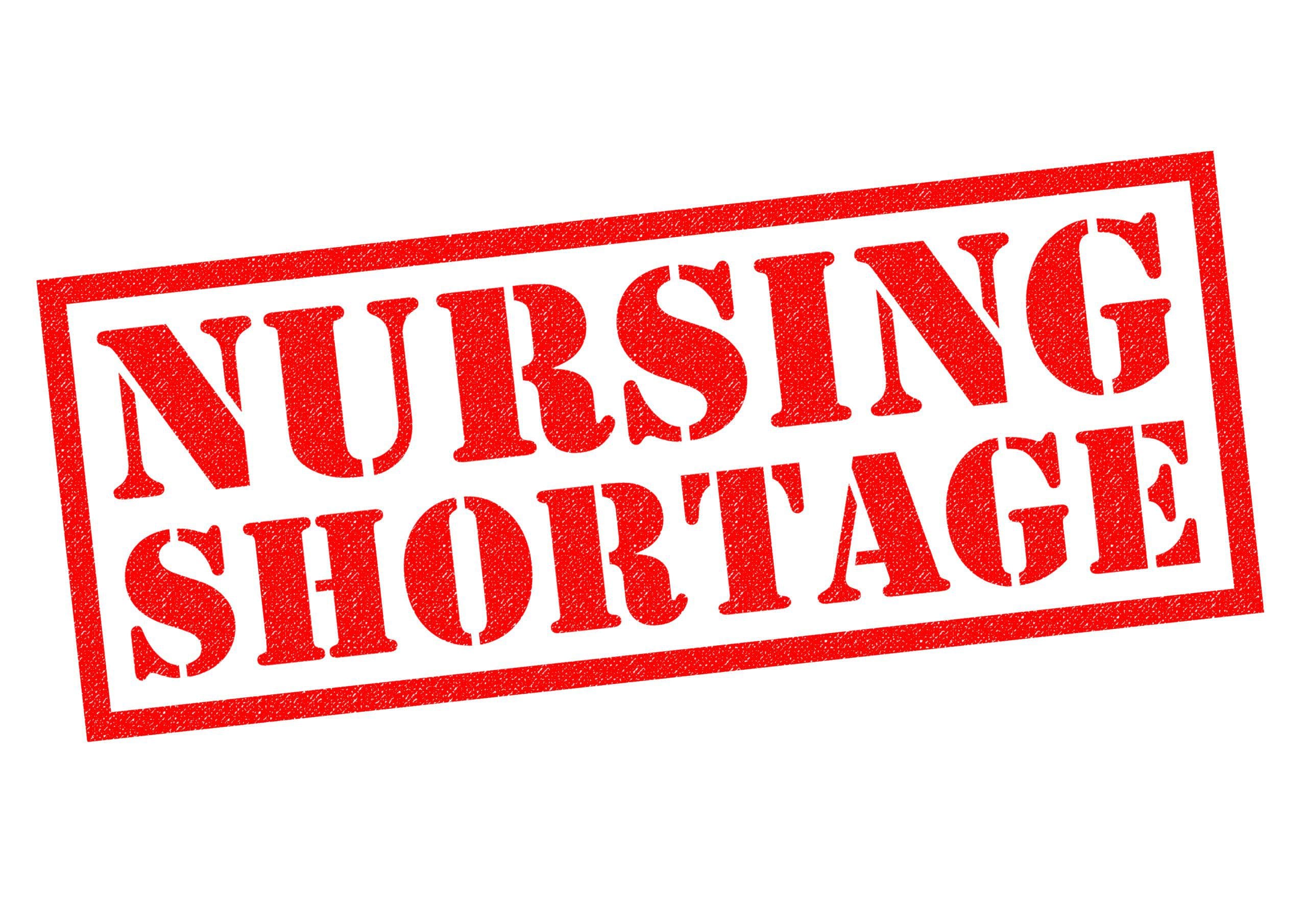

I graduated from my basic nursing program in 1973 (50 years ago!). Just like now, a significant nursing shortage existed then, too. As a matter of fact, I don’t recall a single time in my long career that we weren’t faced with a shortage.
I spent over 30 years on the delivery side of nursing care, as a staff nurse, nurse administrator, and as a chief nursing officer (CNO) in medium and large hospitals. I made the transition to CNO in the academic setting about 15 years ago, serving as dean in a medium-size private school and now as dean of a large public university school of nursing. Viewing nursing shortages from the delivery perspective and then from the supply side has led to some exciting lessons learned.
We’ve watched the demographics slowly transform as those who choose a career in nursing have changed. The nursing school I attended 50 years ago had young students, mostly in their early 20s, mainly white, and predominantly female. About 80 students graduated in my class (nine of us male).
Many exciting demographic changes have occurred since then—many of them intentional. The racial and ethnic diversity of nursing students has broadened as has the gender diversity, but that has come more slowly. Many of us who work and teach in academic health centers with other health profession schools, such as medicine and pharmacy, have seen major shifts in student populations. Both medicine and pharmacy have about equal numbers of male and female students, and female students frequently outnumber male. In previous years, some of these female students would have chosen nursing, but we applaud the change for the sake of gender diversity across the professions.
This shift hasn’t had a negative effect on applicants to nursing school, because we still see higher numbers of qualified applicants than open slots available. The shift has resulted in higher numbers of male applicants into our prelicensure and graduate programs.
Over the past decade or so, new programs have resulted in increased numbers of applicants from diverse populations. For example, our school created a second degree accelerated BSN program for adults who decide to embark on a nursing career later in life. Through focus groups, we learned that many of these new career nurses became familiar with the profession as a recipient of care or as a family member who saw nurses in action during a loved one’s hospital stay. Many voiced disappointment that they hadn’t discovered nursing earlier in life. These programs, which exist across the country, acknowledge those who already have a degree, and fewer prerequisites may be required. Many of the applicants to this program had careers in banking or finance, typically a more solitary workplace than busy healthcare settings, but they described a desire to help people.
Our school also more recently added a military veteran to BSN program. It mirrors the second degree accelerated BSN program with the military veteran’s high-level training and experience serving as a substitute for the first degree. Both programs provide students with an accelerated and immersive 1-year education.
Schools that haven’t considered these newer options may want to do so. Our school started the second degree program in 2005 and has graduated 1,563 new nurses who bring diversity as well as maturity and a wealth of experience from outside of nursing. The veteran program started in 2016 with 136 new nurses graduated (nearly half of them men).
The demand for nurses will always be high. Innovative strategies for increasing the nursing workforce can go a long way to meeting that demand.
Michael L. Evans serves as a member of the American Nurse Journal editorial board. He’s also dean and Grover E. Murray Professor and University Medical Center Endowed Chair for Excellence in Nursing at Texas Tech University Health Sciences Center School of Nursing in Lubbock.
American Nurse Journal. 2023; 18(7). Doi: 10.51256/ANJ072344


















